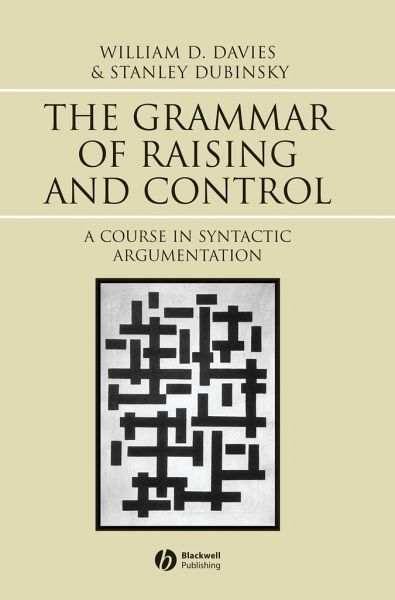
Grammar of Raising and Control

PAYBACK Punkte
67 °P sammeln!
Where most syntax texts and readers provide a broad introduction to the components of a particular theory, The Grammar of Raising and Control: A Course in Syntactic Argumentation uses a particular class of grammatical constructions as a means of examining the evolution of syntactic theory since the 1960s. A distillation of a very successful graduate course in syntax, this book focuses primarily on raising-to-object structures, but does not fail to consider control constructions, as well as data from a wide variety of languages. The volume includes excerpts from six important works that allow s...
Where most syntax texts and readers provide a broad introduction to the components of a particular theory, The Grammar of Raising and Control: A Course in Syntactic Argumentation uses a particular class of grammatical constructions as a means of examining the evolution of syntactic theory since the 1960s. A distillation of a very successful graduate course in syntax, this book focuses primarily on raising-to-object structures, but does not fail to consider control constructions, as well as data from a wide variety of languages. The volume includes excerpts from six important works that allow students to familiarize themselves with the original literature while also providing discussion of the theoretical contexts in which they were written.


